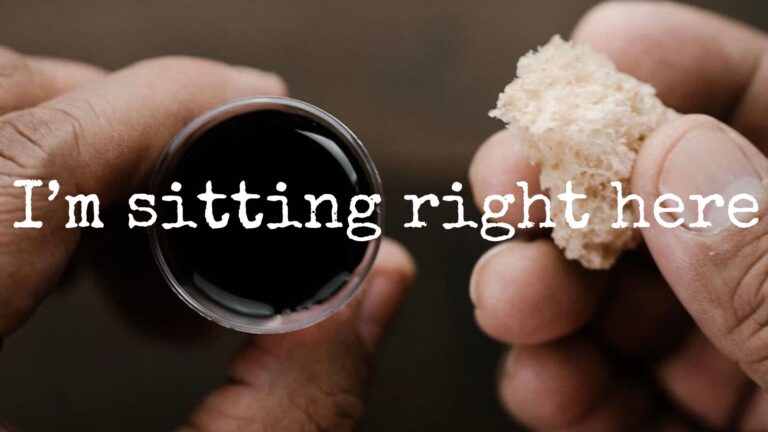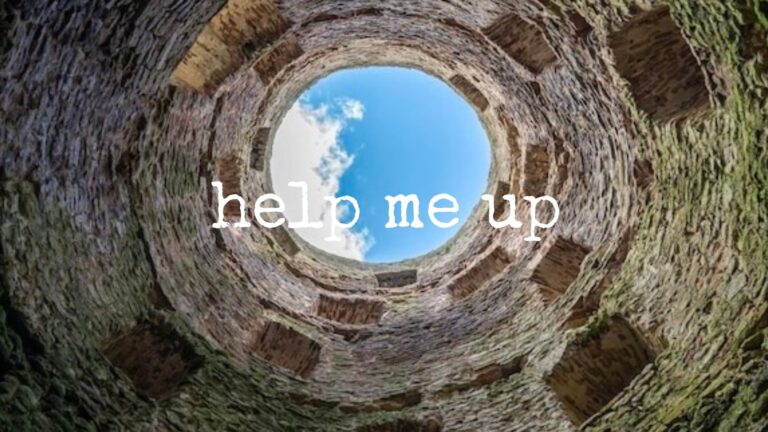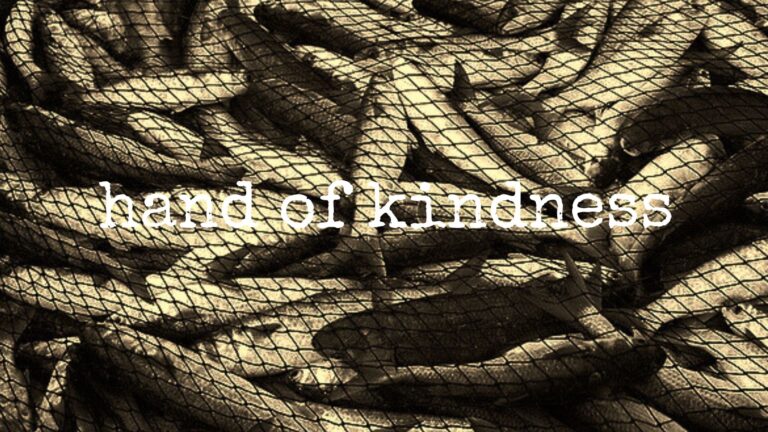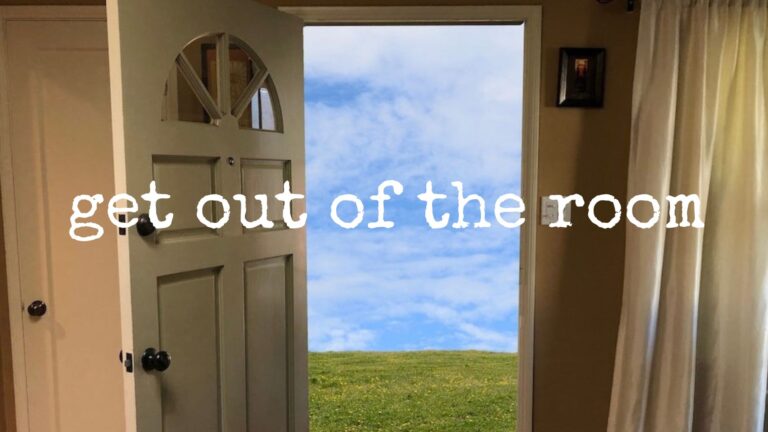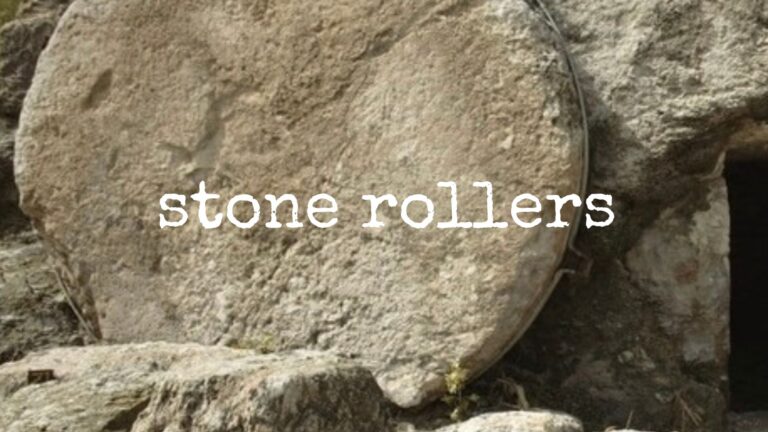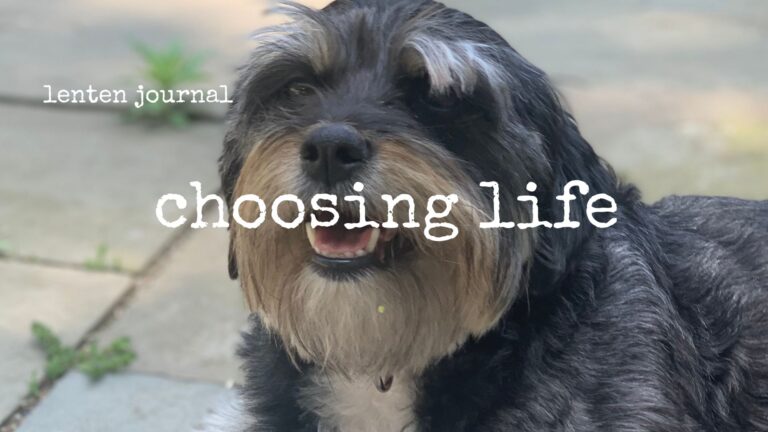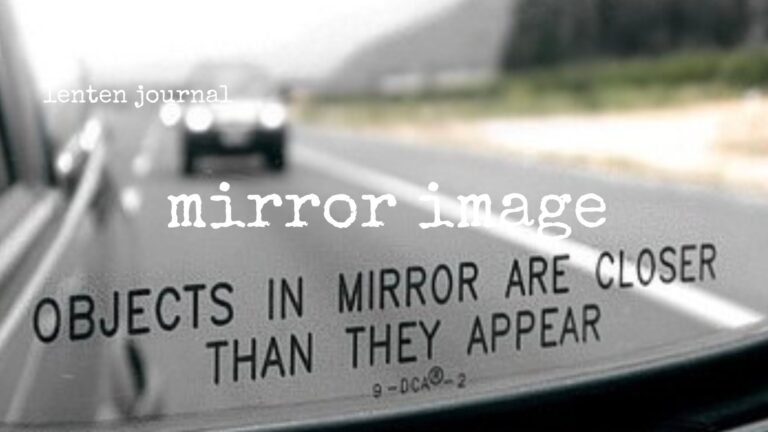The first Sunday of the month is Communion Sunday in our tradition, so my sermon ends at the Table, wandering first through the legacy of love that lets us all belong there.
____________________
One of the scenes that replays often around our house around mealtime, is Rachel my mother-in-law telling Ginger how good a cook I am and how much she enjoys the food. But she says it as though I’m not in the room. She’ll say, “Milton makes such good meals. Do you think he’ll make this again soon?” and I smile and say, “I’m sitting right here.”
My friend Kenny, whom I mentioned last week, is good at praying. I know that he prays for me and many others regularly. From time to time, when he knows I am facing something significant, he will call and say, “I want to pray for you,” and then, while we are still on the phone he will do just that. He talks to God about me, and I listen. It is deeply meaningful and a little awkward. Part of me wants to say what I say to Rachel: “I’m sitting right here.”
I don’t say anything because I can sense that I am in a sacred moment, even if it feels awkward. Beyond what feels uncomfortable is an encounter with the surprising Spirit of God. When he has finished praying, I settle myself, receive the grace, attention, and gift and say, “Thank you.”
The Gospel of John has twenty-one chapters. Four of those chapters are taken up with the events that occurred and the things that were said on the night before Jesus was executed. Jesus gathered his followers together in the Upper Room, John said, and washed their feet–an act of practical compassion in a land of dust and sandals. Then he spoke to them, doing what he could to give them metaphors and images for the days to come. He told them he was the vine and they were the branches. He said he was going to prepare a place for them. He told them to love one another, whatever happened. And then he prayed for them while they were sitting there listening as he talked out loud about them to God.
I wonder how that felt, and if they wanted to say, “We’re sitting right here,” if it felt awkward, or intimidating, or comforting—or all those things.
Jesus’ prayer was more than a blessing or a benediction. He wasn’t praying as a disguise for something he really wanted to say, as happens sometimes when preachers use a children’s sermon to talk to the adults in the room. Jesus had said what he needed to say and done what he needed to do. I think John spent so much time telling us what happened that night to make that clear. By the time Jesus had washed their feet and given them several new metaphors and a new over-arching commandment to love one another, he didn’t need to try and sneak in anything else.
Our reading this morning picked up in the middle of the prayer–actually about two-thirds of the way through–after Jesus had told God he knew things were drawing to a close and he knew he had done what he was supposed to do and how he was ready to pass the torch to those who would stay after he was gone. In the verses immediately preceding the ones we read, Jesus said,
I’m not asking that you take them out of the world
But that you guard them from the Evil One.
They are no more defined by the world
Than I am defined by the world.
Make them holy—consecrated—with the truth;
Your word is consecrating truth.
In the same way that you gave me a mission in the world,
I give them a mission in the world.
I’m consecrating myself for their sakes
So they’ll be truth-consecrated in their mission.
And then he went on to pray that they would share the same kind of kinship he felt with God, the deep trust and connectedness that enabled him to trust that love was stronger than death, even on the night before he was to be executed.
It is important to remind ourselves that the disciples were listening to Jesus say all of these things before the crucifixion, and before they found the empty tomb. This is the last Sunday of Eastertide, but we have jumped back in the timeline. They were listening to Jesus pray and didn’t know how to make much sense of any of it because they didn’t know what was coming. They didn’t know how to imagine the promise of resurrection because they didn’t know how to comprehend the inevitability of Jesus’ death. After all his exhorting and instructing, after all his preaching and parables, Jesus couldn’t make things clearer; what he could do was pray.
So that’s what he did.
He felt the disciples’ anxiety, confusion, and fear. He knew they had no idea what was about to happen. He had a pretty good idea that the Romans were going to kill him. And so he prayed, and what he prayed was that they would know that they were not alone, and that they were valued and loved and called to value and love one another. To be one, united, together, with God and with each other. Jesus wasn’t praying simply that they would feel connected as a group, but that they would somehow grasp and trust that they were connected to the cosmos, that they were shot through with the presence of God because they had pledged their lives to Christ.
He knew they were standing right there. He wanted them to hear every word.
But there’s another layer to all of it because this is where we make a cameo appearance in John’s gospel. It’s in verse 20. Jesus said, “I don’t ask on their behalf alone, but also on behalf of those who will trust in me through what they say, so they can all be one, Abba, just as you are in me and I am in you, may they also be in us, so that the world will believe that you sent me.”
“Also on behalf of those who will trust in me through what they say . . .”–that’s us, or should i say, we are a part of that group, the legacy of the story as it has been passed from person to person, from generation to generation. Jesus prayed not only for the ones in the room, but for anyone willing to trust that they are wonderfully and uniquely created in the image of God–and that’s us!
Though we have always lived on this side of the resurrection, it is an act of faith to trust that death is not the last word, whether we are talking about our physical deaths or all the ways in which we see the power of death manifest itself in the world. Jesus’ prayer for all of us was that we would be defined by our love for God and one another rather than being defined by the violence and power of the world around us.
To be defined by love means to look at a world that seems overcome by death and talk about life. To be defined by love means to live as though love is the most powerful force in the cosmos. The only way love wins is if those of us who stand in the lineage of God’s love continue to embody God’s promise of unity in a world of broken promises and broken hearts.
After Jesus finished praying, they went out to the Mount of Olives where he was arrested. By the next afternoon, he was dead. We are about to gather at the Communion Table to share the same meal he served his followers that very night, and when we are finished we will go out into a country that is filled with news of the damage done by those who choose power over people. I suppose that has been true most any time Communion has been shared, regardless of where or when.
Like those who have gone before us, those Jesus prayed for on the night he was betrayed, what we are called to trust in the face of everything is that the love of God offers belonging to everyone. What makes us able to trust it are those on either side of us who served us the meal and whom we served. Trust, like love, is passed person to person.
Come. All is now ready. We’re sitting right here.
Peace,
Milton
